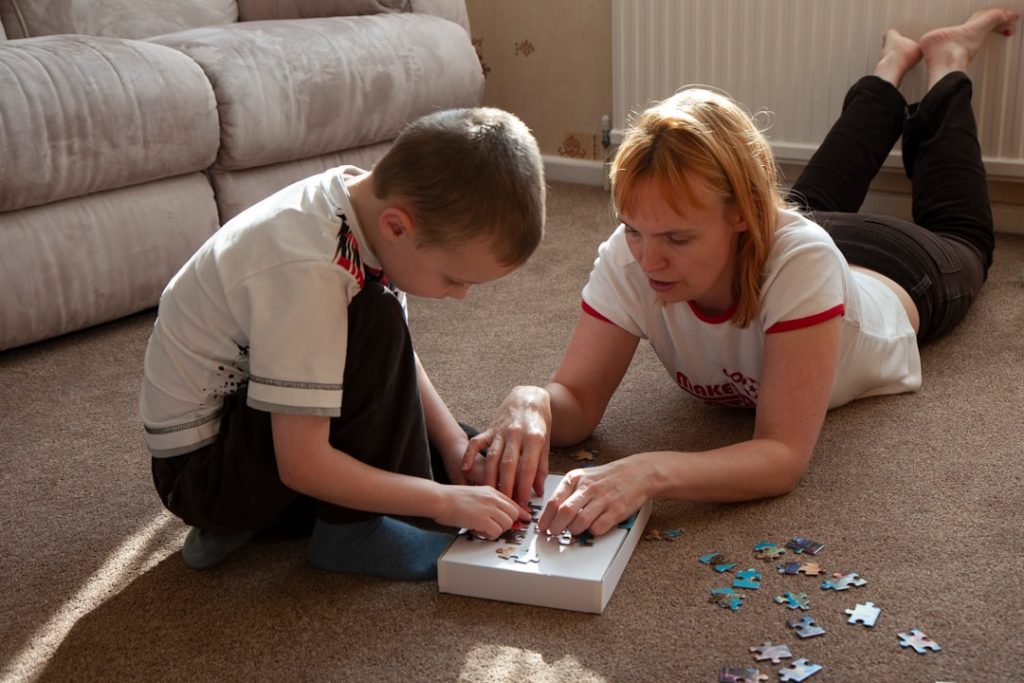Co-occurring ADHD and Autism: Assessment and Management
Managing the Difficulties of Co-occurring ADHD and Autism As families learn more about neurodevelopmental disorders, they may run into the difficulties of co-occurring conditions, especially Autism Spectrum Disorder (ASD) & Attention-Deficit/Hyperactivity Disorder (ADHD). Effective intervention and support depend on an understanding of how these two conditions can coexist. From identifying symptoms to creating successful treatment programs, this article attempts to give a thorough overview of co-occurring ADHD and autism. Many kids & teenagers experience the phenomenon of co-occurring ADHD & autism. Autism manifests as difficulties with social communication and limited interests, whereas ADHD is typified by symptoms like impulsivity, hyperactivity, and inattention. Key Takeaways Co-occurring ADHD and Autism can present unique challenges and require a comprehensive approach to assessment and treatment. Recognizing the symptoms of co-occurring ADHD and Autism is crucial for early intervention and support. Early assessment and diagnosis are important for developing an effective treatment plan for individuals with co-occurring ADHD and Autism. Effective assessment tools, such as behavioral observations and standardized questionnaires, can help in diagnosing co-occurring ADHD and Autism. A comprehensive treatment plan for co-occurring ADHD and Autism should address the unique needs of individuals and involve collaboration with a multidisciplinary team for comprehensive care. Families must comprehend how these two conditions interact because their co-occurrence can complicate the clinical picture. Studies show that between 30 and 80 percent of autistic children also have ADHD symptoms. Increased challenges in social interactions, academic performance, & day-to-day functioning may result from this overlap. For example, a child with both conditions may find it difficult to concentrate on tasks and to read social cues, which can be frustrating for both the child and their caregivers. Understanding this interaction is the first step in managing effectively. Because co-occurring ADHD and autism share many traits, it can be difficult to identify their symptoms. Children with ADHD may act impulsively, have trouble following directions, and have a propensity to get sidetracked. Children with autism, on the other hand, might have trouble interacting with others, display repetitive behaviors, & focus on particular interests. When these symptoms come together, parents may see that their child is not only distracted but also struggles to interact with peers or comprehend social norms. For instance, a child with ADHD may frequently interrupt conversations, but they may also have autism if they are unable to identify when others are upset or frustrated. This duality can make it difficult to make friends and cause misunderstandings in social situations. For kids showing symptoms of co-occurring autism and ADHD, early diagnosis and evaluation are essential. A child’s quality of life can be greatly enhanced by appropriate interventions as soon as they are diagnosed. Delays in diagnosis can result in missed opportunities for early intervention as well as increased frustration for the child and their family. If parents observe concerning behaviors, they should be on the lookout for evaluations. A thorough assessment by a trained specialist can assist in distinguishing between symptoms of autism & ADHD as well as determining how they interact. Developing a successful treatment plan that is suited to the child’s particular needs requires this clarity. To effectively assess co-occurring ADHD and autism, clinicians have access to a number of assessment tools. Standardized questionnaires, like the Autism Diagnostic Observation Schedule (ADOS) and the Conners Rating Scale for ADHD, are frequently used to collect data from parents, educators, and caregivers regarding a child’s behavior in various contexts. To obtain a thorough grasp of the child’s functioning, clinicians may also use these standardized instruments in conjunction with observations and interviews. A more accurate diagnosis results from this multimodal approach, which guarantees that every facet of the child’s behavior is taken into account. The utilization of technology, including telehealth consultations and digital assessments, has also facilitated families’ access to these services. It becomes critical to create a thorough treatment plan as soon as a diagnosis is made. The child’s unique strengths and challenges should be taken into consideration when creating this plan. Professionals from a variety of disciplines, including psychology, education, occupational therapy, and speech therapy, can benefit from a multidisciplinary approach. Behavioral interventions, family counseling, and educational support may all be part of the treatment plan. Monitoring progress over time requires setting quantifiable goals. Frequent evaluations of the treatment plan enable modifications in response to the child’s changing requirements, guaranteeing the best possible support. Children who have co-occurring autism and ADHD have special needs that call for specialized support techniques. For example, structured routines that offer predictability in their daily lives might be beneficial to them. In order to minimize anxiety and guide them through tasks, visual schedules can be especially beneficial. Also, teaching these kids social skills can be a huge help in improving their ability to interact with others. They can learn how to start conversations and react appropriately in a variety of situations through role-playing exercises. Carers can create a setting where kids feel supported & understood by attending to these special needs. When ADHD and autism co-occur, behavioral interventions are essential. One well-known strategy is Applied Behavior Analysis (ABA), which aims to decrease difficult behaviors while increasing positive ones. Both attention-related problems and social communication deficiencies can be treated with modified ABA techniques. Individualized education plans (IEPs) are crucial for offering specialized support in educational settings. To improve learning, teachers can employ techniques like segmenting assignments into manageable chunks or utilizing visual aids. To guarantee uniformity in methods applied at home & in the classroom, cooperation between parents and teachers is essential. For kids with co-occurring ADHD & autism, medication management may be taken into consideration as part of a thorough treatment plan. For ADHD symptoms, stimulant drugs like amphetamines and methylphenidate are frequently prescribed; however, because of possible adverse effects, these drugs must be closely watched. When thinking about medication options, families should collaborate closely with healthcare providers. Adjustments based on the child’s response to treatment are possible with regular follow-ups. Medication should always be seen as a part of a larger plan that also










